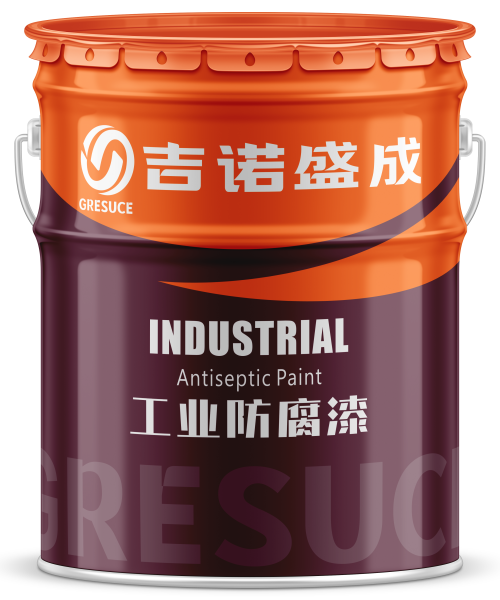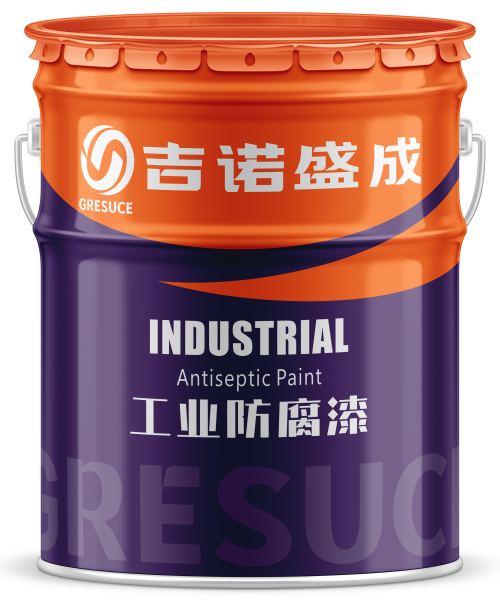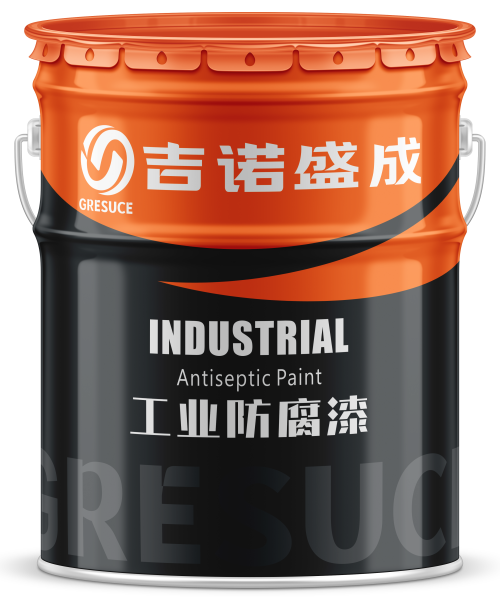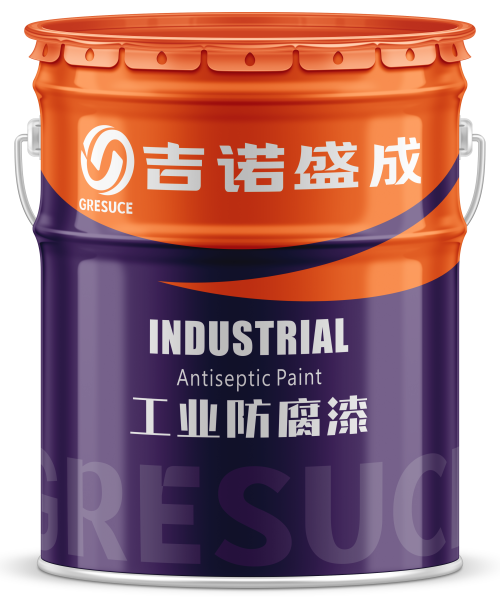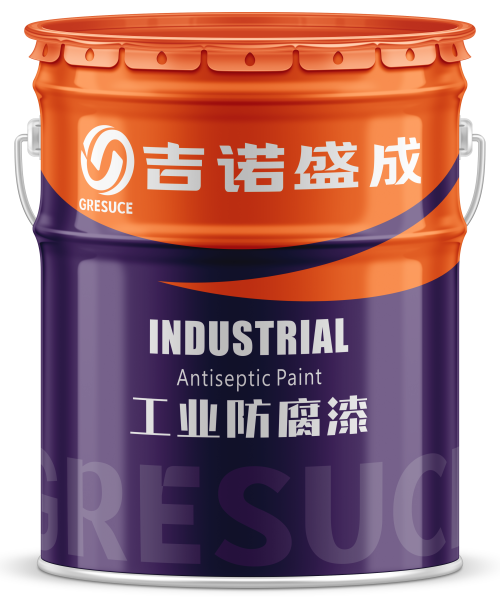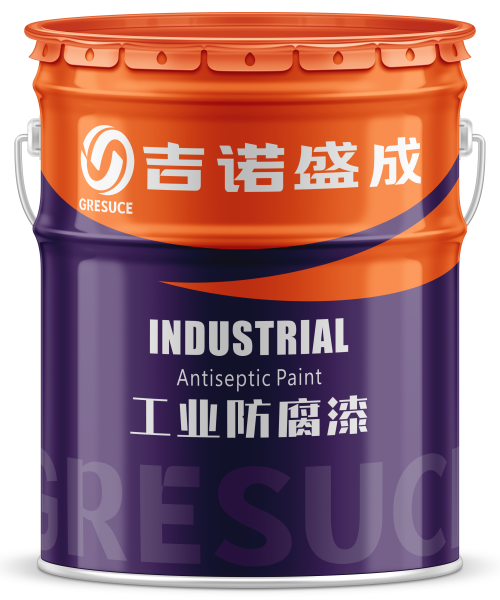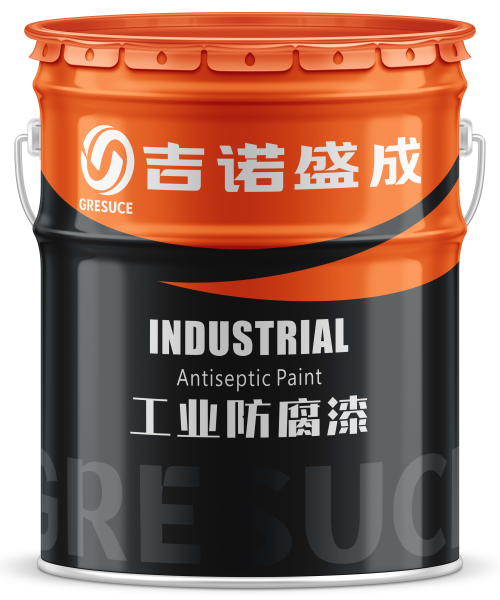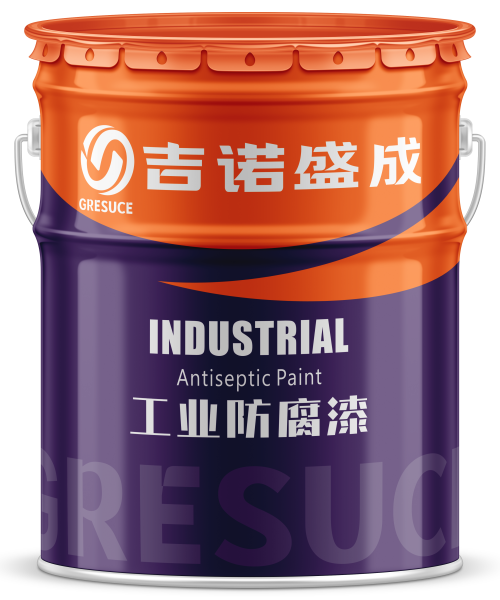Practical experience shows that most coating defects stem from poor surface preparation. No coating can perform optimally on a poorly prepared surface. Applying paint to rusty or oily surfaces is a significant waste of both time and money. High-quality surface preparation will extend the service life of the coating.
What does surface preparation include?
Surface preparation involves three fundamental tasks: ① Structural Treatment ② Surface Cleaning ③ Surface Roughness
Before further surface preparation, the steel itself must undergo structural treatment, such as grinding sharp edges, rounding corners, removing spatter, filling and grinding weld pores. Solvent-based coatings tend to shrink on sharp edges, resulting in thinner or even absent coating coverage on sharp corners, edges, and uneven welds. These issues significantly impact the integrity and adhesion of the coating.
Similarly, excessive undercuts or weld pores prevent effective penetration of the coating, leaving voids that become weak points for future corrosion. Therefore, structural treatment of the steel must be completed before rust removal to ensure complete and uniform coating coverage.
For concrete, structural treatment is also required before surface cleaning, such as filling holes and cracks, and addressing hollow areas.If surface cleaning is not thorough, residual impurities and contaminants will compromise the protective performance of the coating.
Surface roughness increases the contact area with the coating and provides mechanical interlocking, enhancing the coating's adhesion to the substrate. The typical roughness requirement for anti-corrosion coatings is Rz40–75 μm. Excessive roughness can lead to insufficient thickness at the peaks, causing early pitting, and trapped air in deep valleys can become a source of coating blistering.




